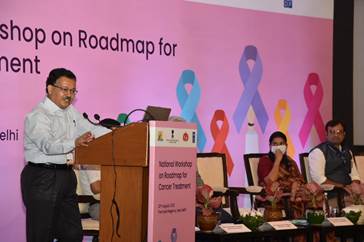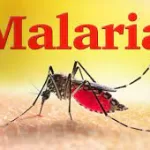
A record $51.5 billion is needed to help 230 million of the world’s most vulnerable people in nearly 70 countries next year, the UN said on Thursday.
‘Shockingly high’
Needs are “shockingly high”, the UN’s top emergency relief official, Martin Griffiths, said, warning that it was very likely that this year’s emergencies would continue into 2023.
“The needs are going up because we’ve been by smitten by the war in Ukraine, by COVID-19, by climate,” he said. “I fear that 2023 is going to be an acceleration of all those trends, and that’s why we say … that we hope 2023 will be a year of solidarity, just as 2022 has been a year of suffering.”
Speaking in Geneva at the launch of the Global Humanitarian Overview report 2023, Mr. Griffiths described the appeal as a “lifeline” for people on the brink.
Climate chaos, COVID, Ukraine
He explained that numerous countries had been hit by lethal droughts and floods, from Pakistan to the Horn of Africa. In addition, the war in Ukraine had “turned a part of Europe into a battlefield.
More than 100 million people are now displaced worldwide. And all of this on top of the devastation left by the pandemic among the world’s poorest.”
If the humanitarian outlook for 2023 is so grim, it is in large part because relief demands are already so high.
Famine threat rising
At least “222 million people … will face acute food insecurity in 53 countries by the end of this year”, Mr. Griffiths explained.
Turning to the threat of famine, he said that five countries “are already experiencing what we call famine-like conditions, where we can confidently and unhappily say that people are dying as a result – and it tends to be children – of displacement, food insecurity, lack of food, starvation.”

45 million could starve
In 2023, 45 million people in 37 countries risk starvation, according to the Global Humanitarian Overview.
It highlighted that vulnerable communities also face pressure on several fronts including health, as medical providers continue to struggle to recover after COVID-19, and while the mpox and other vector-borne diseases continue, along with outbreaks of Ebola and cholera.
Climate change is also driving up risks and vulnerability, Mr. Griffiths said, in line with concerns that by the end of the century, extreme heat could claim as many lives as cancer.
Humanitarian role
To help communities on the front line of the climate emergency, the UN emergency relief chief maintained that humanitarians should play a bigger role in international climate discussions, in order to secure resilience funding for those in most need.
“In 2023, the humanitarian community I think needs to be a lot more organized and indeed vocal about how to be more transparent about climate promises, be more quick about the decision to disburse, and getting the money that’s promised to the people for whom it’s promised.”

Being realistic
Mr. Griffiths said that he expected it to be “very difficult” to achieve the full amount requested from donors both national and private, whose generosity was unable to keep up with growing demands.
This year’s UN-led Global Humanitarian appeal is only 47 per cent funded – a sharp drop from earlier years where funding levels used to reach 60 to 65 per cent, he explained.
On Ukraine, the UN official explained that 13.6 million people had received assistance, and that a total of $5.7 billion had been requested for the country and wider region next year. “As we go into the winter, this ain’t getting any easier, or less,” he said.
Food for farming families
As part of the appeal, the UN Food and Agriculture Organization (FAO) said that it needs $1.9 billion to reach 48 million who rely on agriculture and subsistence farming, with lifesaving and livelihood assistance in 2023.
Acute food insecurity continues to escalate globally, the FAO said, as it put in place plans to ensure that some of the world’s most vulnerable communities continue to receive a steady supply of nutritious food, where the ability to produce it has been severely compromised.
The UN agency provides cash, crop and vegetable seed packages, along with livestock feed to those in need, including in conflict zones.
FAO also promotes animal health campaigns and improvements to vital infrastructure including irrigation systems and markets, to encourage resilience to future emergencies.









